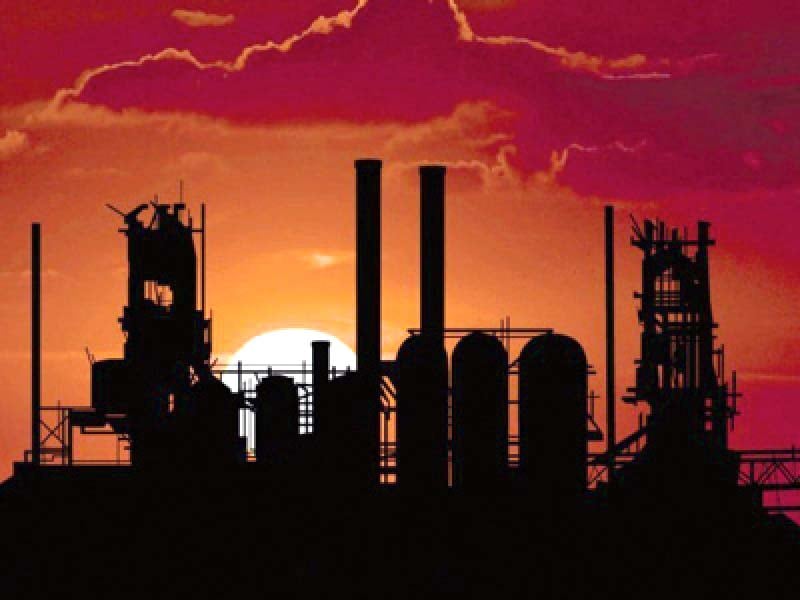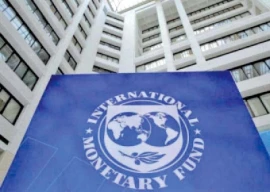
Sialkot’s success in the export sector has always been newsworthy. The city specialises in producing a vast variety of export goods including leather products, surgical instruments and sports goods.
Sialkot also held the chance to be one of the leading exporters of Brazuca footballs used in the FIFA World Cup in 2014, an unequalled moment of pride for the city. Some 10% of annual industrial exports from Pakistan are contributed by Sialkot.
The city’s success can be very much attributed to the distinguished business community, which was able to pull out the “self-made” attitude despite all odds. Sialkot International Airport and Pakistan’s third private airline AirSial, launched by the Sialkot Chamber of Commerce and Industry, are hallmarks of the city’s private sector investment.
Yet the question arises, what holds the city from being a modern urban economy? Despite the city’s attempts to create a remarkable and robust local economy, its urban infrastructure is dilapidated like any other city of Pakistan.
Urban planning in Sialkot lacks a people-centric approach. In the past couple of years, there has been massive construction of roads and flyovers with little attention paid to improving public spaces and developing public transport.
Yet, traffic congestion is getting worse day by day and there is generally no consideration for pedestrians. There is still focus on transport planning through car-centric infrastructure instead of thinking about mobility in an integrated way.
Mixed-use urban development is not being incentivised in the core of the city, which is further pushing jobs and housing outside. New housing societies are being constructed miles away from the city centre with negligible means of public transport to commute.
Cheap housing, particularly for students and middle-class professionals, such as hostels and apartments, is not available anywhere near the city centre. Sewerage, drainage and drinking water systems are dilapidated and need massive investment.
The historic inner city – the birthplace of Allama Iqbal – has been deprived of any public investment and commercial bazaars in this area are always choked with traffic due to poor understanding and planning for the mobility of people.
Although Sialkot is famous for its extensive entrepreneurial spirit, it is unable to transfer this spirit to the youth of the city. Inter-generational entrepreneurs, who continue to dominate today, are overlooking the potential to modernise the economic base in the city.
There is little culture of engaging design and other such freelance/ educated professionals in improving the business outlook and performance. It is also why the young population is moving to Lahore and Islamabad in pursuit of better education and employment opportunities.
In conversation, a native, who moved to Lahore for higher education, said if Sialkot had a good research university and better employment opportunities for women, she would have never left her city. After completing her studies, she plans on starting her career in Lahore because of relatively better social capital.
In an interview, Sana Riaz, an urbanist, said that efforts were under way to start the “Women-only Pink Rickshaw” scheme in Sialkot, including a mix of electric and regular auto rickshaws, to increase women’s mobility and employment opportunities.
She also mentioned that the water and sanitation system revamp was also on the agenda, but its implementation would require a long time.
In order to strive as a competitive city in future, Sialkot’s urban policy should be revisited – like any other city of Pakistan – which is the way forward. There is a dire need for investment in research and development in the sectors hosted by Sialkot.
The establishment of University of Applied Engineering and Emerging Technologies in Sialkot district is a great initiative by the Higher Education Commission (HEC) in this regard.
However, skill development through technical and vocational colleges needs to be made more relevant and effective. There is a dire need for a design and creative art school in Sialkot. Innovation not only requires good engineering knowledge but also creative art and skills.
Sialkot should also establish a fashion studio with the support of Export Development Fund. With the existing capabilities of its industries, Sialkot can easily be transformed into a fashion hub.
An entrepreneur, Shahjahan Chaudhary, suggested that Sialkot should be a “Disneyland of Footballs” by inviting stars and fans from across the world.
The culture of Sialkot is already very much conducive for self-growth as most of the development in the city is through private investment. The problem is not the lack of resources. Instead, there is a need to develop a new vision for the city.
There have been many efforts to develop a master plan for Sialkot with hefty amounts paid to consulting firms. Master planning is the early 20th century tool of urban planning.
If we want to make Sialkot a competitive city, we need a new vision and modern urban management for it to compete in the 21st century global economy.
Manahal Zameer studies Political Science and Public Management at LUMS. She aspires to work on urban landscapes of cities in Pakistan
Naveed Iftikhar is a teacher and public policy adviser interested in cities, public sector governance and entrepreneurship
Published in The Express Tribune, January 25th, 2021.
Like Business on Facebook, follow @TribuneBiz on Twitter to stay informed and join in the conversation.
COMMENTS (1)
Comments are moderated and generally will be posted if they are on-topic and not abusive.
For more information, please see our Comments FAQ


















The root cause of ALL of Pakistan s problems is a lack of mass education which has been ignored by ALL our leaders of the past decades and which has led to massive corruption and cronyism and made Pakistan what it is today.